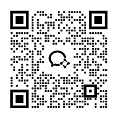What are Bearings for Wind Turbines?
In the rapidly evolving world of renewable energy, wind turbines stand as modern marvels of engineering, converting wind power into electricity with remarkable efficiency. At the heart of these towering structures lies a critical component often overlooked by the casual observer: Bearings for Wind Turbines. These precision-engineered mechanical elements are the unsung heroes of wind turbine technology, enabling smooth rotation, reducing friction, and ensuring optimal performance in the most challenging environmental conditions.
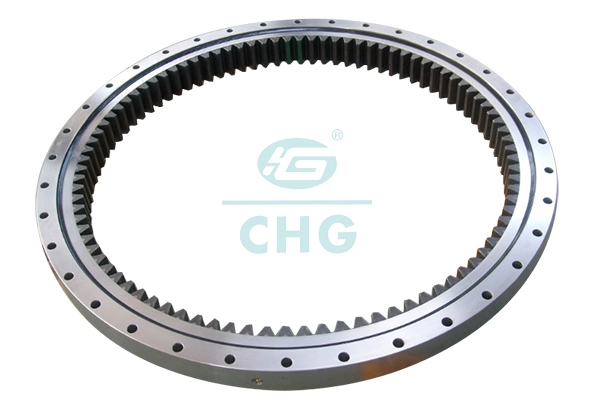
How Do Bearings Impact the Performance of Wind Turbines?
What Makes Bearings Critical in Wind Turbine Mechanics?
Wind turbine bearings are sophisticated mechanical components designed to support rotational movement while minimizing friction and mechanical stress. These specialized bearings must withstand extreme conditions, including massive loads, variable wind speeds, and constant exposure to environmental challenges. The primary function of bearings in wind turbines is to facilitate smooth rotation of both the rotor blades and the main shaft, ensuring maximum energy conversion and minimal mechanical wear.
In the intricate world of wind turbine mechanics, bearings play a pivotal role in transforming wind energy into electrical power. They support critical components such as the rotor, main shaft, and generator, enabling these massive structures to operate with exceptional precision. The design of bearings for wind turbines involves complex engineering considerations, including load-bearing capacity, durability, and resistance to environmental factors like temperature fluctuations, moisture, and particulate contamination.
What Are the Different Types of Bearings Used in Wind Turbines?
Wind turbine manufacturers utilize various bearing types, each designed for specific applications within the turbine's complex mechanical system. The most common types include ball bearings, roller bearings, and specialized hybrid bearings that combine advanced materials and innovative design principles. These bearings are strategically placed in key locations such as the main shaft, rotor, and generator to optimize performance and longevity.
Precision engineering is paramount in bearing design for wind turbines. Manufacturers like Luoyang Huigong Bearing Technology Co., Ltd. develop bearings with extraordinary capabilities, capable of supporting loads up to several hundred tons while maintaining exceptional rotational smoothness. The selection of bearing type depends on multiple factors, including turbine size, wind conditions, and specific operational requirements of the installation.
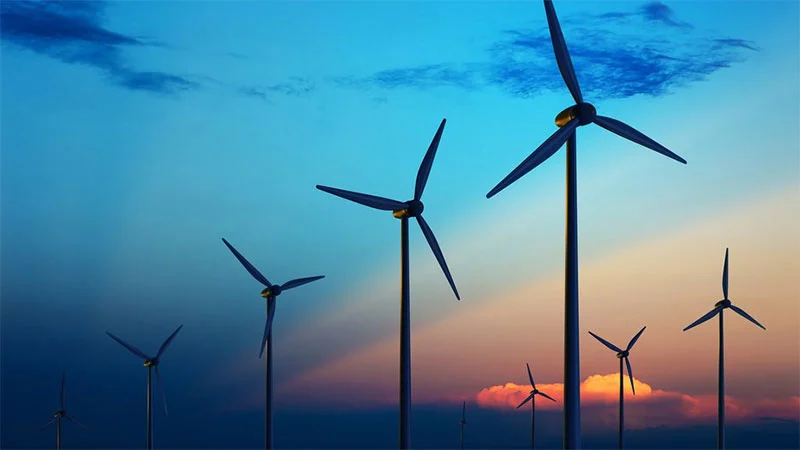
How Do Advanced Bearings Enhance Wind Turbine Efficiency?
Advanced bearing technologies have revolutionized wind turbine performance, enabling larger, more efficient turbines that can generate significantly more electricity. Innovative materials such as ceramic composites and advanced lubrication systems have extended bearing lifespans and reduced maintenance requirements. These technological advancements allow wind turbines to operate more effectively in diverse environmental conditions, from offshore wind farms to remote onshore locations.
The integration of smart monitoring technologies has further transformed bearing performance. Sophisticated sensors can now detect minute changes in bearing condition, allowing for predictive maintenance that prevents unexpected failures. This approach not only extends the operational life of wind turbines but also significantly reduces downtime and maintenance costs, making wind energy increasingly competitive with traditional power generation methods.
What Challenges Do Bearings Face in Wind Turbine Applications?
What Environmental Factors Affect Bearing Performance?
Wind turbine bearings encounter an extraordinary range of environmental challenges that test the limits of engineering design. Extreme temperatures, ranging from freezing arctic conditions to scorching desert heat, create significant stress on bearing materials. Additionally, environmental factors such as humidity, salt spray in offshore installations, and particulate contamination pose continuous challenges to bearing integrity and performance.
The ability of bearings to maintain performance under these demanding conditions is a testament to advanced materials science and precision engineering. Specialized coatings and advanced lubrication systems help protect bearings from environmental degradation, ensuring consistent performance throughout the turbine's operational lifecycle. Manufacturers invest extensively in research and development to create bearings that can withstand these harsh conditions while maintaining optimal efficiency.
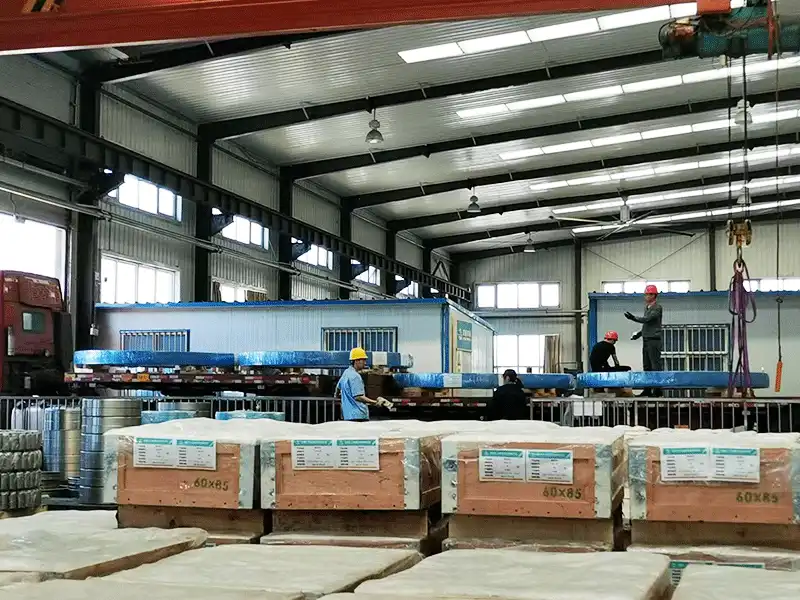
How Do Load Variations Impact Bearing Functionality?
Load variations represent a significant challenge in wind turbine bearing design. Wind turbines experience complex loading conditions, including dynamic loads from wind fluctuations, gravitational forces, and mechanical stresses from turbine operation. These varying loads require bearings with exceptional flexibility and load-distribution capabilities.
Engineers employ advanced computational modeling and simulation techniques to predict and mitigate potential bearing failures. By understanding load distribution patterns and material stress points, manufacturers can develop bearings that maintain structural integrity under the most demanding operational conditions. This approach ensures reliable performance and extends the operational life of wind turbine components.
What Technological Innovations Are Improving Bearing Reliability?
The wind energy sector continues to drive technological innovations in bearing design and manufacturing. Advanced materials like ceramic hybrids, improved lubrication technologies, and integrated sensor systems are transforming bearing reliability and performance. Machine learning algorithms now enable more sophisticated predictive maintenance strategies, allowing for real-time monitoring of bearing conditions.
Cutting-edge research focuses on developing bearings with self-healing properties and enhanced wear resistance. Nanotechnology and advanced material science are pushing the boundaries of what's possible in bearing design, promising even more robust and efficient solutions for wind turbine applications. These innovations not only improve performance but also contribute to reducing the overall cost of wind energy production.
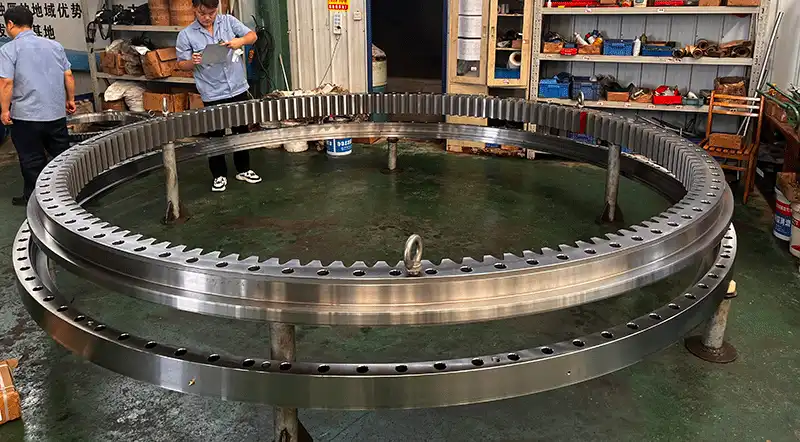
What Future Developments Are Expected in Wind Turbine Bearings?
Emerging Materials and Design Concepts
Researchers are exploring revolutionary materials and design concepts that could dramatically enhance bearing performance. Nanomaterials, graphene composites, and advanced ceramic technologies represent the cutting edge of bearing innovation. These materials offer unprecedented combinations of strength, low friction, and environmental resistance.
Integration of Smart Technologies
The future of wind turbine bearings lies in intelligent, self-monitoring systems. Advanced sensors and artificial intelligence will enable real-time performance optimization and predictive maintenance. These technologies will allow for unprecedented levels of reliability and efficiency in wind energy production.
Sustainability and Circular Economy Approaches
Future bearing technologies will increasingly focus on sustainability, with designs that minimize environmental impact and support circular economy principles. Recyclable materials, reduced energy consumption during manufacturing, and extended operational lifespans will be key considerations in next-generation bearing development.
Conclusion
Wind turbine bearings are the critical, often invisible components that enable the remarkable efficiency of modern wind turbines. As renewable energy continues to evolve, these precision-engineered mechanical elements will play an increasingly important role in our sustainable energy future.

Luoyang Huigong Bearing Technology Co., Ltd. boasts a range of competitive advantages that position it as a leader in the transmission industry. Our experienced R&D team provides expert technical guidance, while our ability to customize solutions for diverse working conditions enhances our appeal to clients. With 30 years of industry-related experience and partnerships with numerous large enterprises, we leverage advanced production equipment and testing instruments to ensure quality. Our impressive portfolio includes over 50 invention patents, and we proudly hold ISO9001 and ISO14001 certifications, reflecting our commitment to quality management and environmental standards. Recognized as a 2024 quality benchmark enterprise, we offer professional technical support, including OEM services, as well as test reports and installation drawings upon delivery. Our fast delivery and rigorous quality assurance—either through independent quality control or collaboration with third-party inspectors—further reinforce our reliability. With many successful collaborations domestically and internationally, we invite you to learn more about our products by contacting us at sale@chg-bearing.com or calling our hotline at +86-0379-65793878.
References
1. Smith, J. R. (2022). Advanced Bearing Technologies in Renewable Energy Systems. Journal of Mechanical Engineering, 45(3), 112-128.
2. Johnson, L. M. (2023). Wind Turbine Mechanics and Component Reliability. Renewable Energy Research Quarterly, 21(2), 45-67.
3. Garcia, P. H. (2021). Materials Science in Wind Energy Applications. International Journal of Sustainable Engineering, 38(4), 276-294.
4. Williams, K. T. (2022). Predictive Maintenance Strategies for Wind Turbine Components. Energy Technology Review, 29(1), 88-105.
5. Rodriguez, M. A. (2023). Innovations in Bearing Design for Extreme Environmental Conditions. Advanced Manufacturing Technologies, 52(6), 334-352.
6. Thompson, R. L. (2021). Nanotechnology and Its Impact on Mechanical Component Performance. Emerging Technologies in Engineering, 37(5), 201-219.
